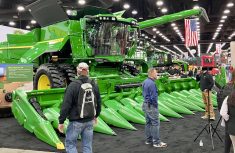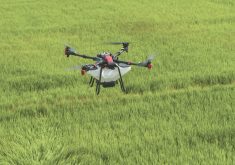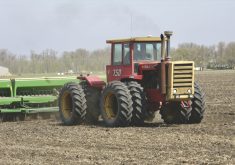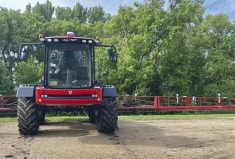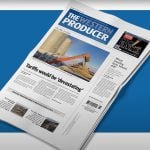Anyone who has walked the aisles of Agritechnica in Germany, the world’s premiere global farm machinery event, would have quickly noticed the many and varied sprayers and brand names behind them that serve the European market. Farmers there have a virtual smorgasbord of brands and models to choose from.
And there is another surprise too. While there are more than a few self-propelled (SP) types on display, pull-type (PT) sprayers occupy far more exhibition floor space.
On this side of the Atlantic, seeing PT sprayers at work in fields is rare in more and more areas. The SP design clearly dominates the market, and the capabilities built into SP sprayers have improved application work over the past couple of decades with their efficiency and purpose-built designs.
Read Also
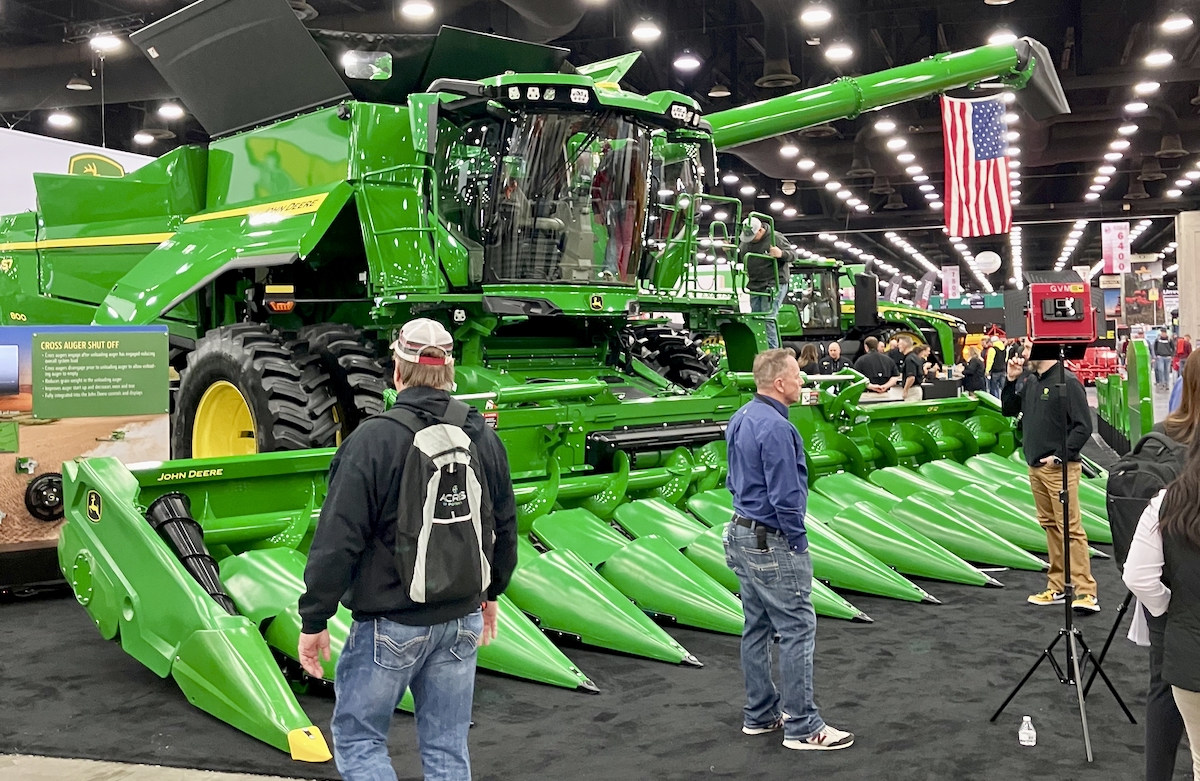
The pros and cons of new technologies
New farm technology hitting the marketplace can be awfully enticing, and it’s not been unheard of in years gone by…
Still, it’s time to ask if they are still the best choice for all producers.
Douwe Hoekstra, territory manager for Germany-based Amazone, a sprayer manufacturer that builds both self-propelled and pull-type machines, has been at work trying to convince Canadian producers that his line of PT models with all their sophisticated features make much more sense for a lot of growers. But he admits his job hasn’t been easy.
“I call it the mindset and the pride,” Hoekstra said during a Zoom meeting with Country Guide. “To have a self-propelled sprayer, that’s a proud machine, and I think that’s why so many have been sold.”
Hoekstra says he has noticed a similar feeling among many European farmers, too. But the PT sprayer has seen an upsurge in popularity there, simply because it makes economic sense. Plus today’s sophisticated PT models can deliver herbicides with an efficiency comparable to most of the SP models now available.
“You can cover a lot of acres in one go (with a large PT sprayer),” Hoekstra says. “But it takes time to get people into that. It’s a hard job to get people out of the self-propelled sprayer and get them back in the tractor.”
Crunch the numbers, though, and growers will likely start to see a big difference in the purchase and maintenance costs of an PT sprayer compared to a modern SP model.
“It’s the math on cost-price per acre spraying when they have a tractor available,” Hoekstra explains. “With a trailed sprayer it’s way cheaper than with a self-propelled.”
Amazone’s 2021 list price for the second-largest single-axle PT model, the UX7601, equipped with some high-end features, an 8,000-litre tank and a 36-metre (120-foot) boom is roughly C$237,000. But compare that to the base MSRP for an SP model with similar capacities from at least one major brand, which lists for north of US$680,000 or C$780,000.
Aside from that significantly lower purchase cost, there is no additional engine and powertrain to maintain over the life of the machine.
Michael Mersmann, product and marketing specialist for Amazone sprayers, agrees with Hoekstra that it’s hard to beat the value offered by a PT sprayer. And he, too, has noticed a bias by farmers to go with an SP design that often doesn’t make financial sense.
“It (the preference for an SP sprayer) is more from the history than the economical side,” Mersmann says. “From the economical side, if you have a big tractor, you get good usage from your tractor. So it makes sense to have a pulled sprayer.”
Mersmann thinks the design improvements in high-horsepower tractors over the past decade or so are one additional reason for growers to consider a PT sprayer.
“One point in the past was the different comfort in a tractor and a self-propelled sprayer,” he explains. “And a self-propelled sprayer had also a Vario (continuously variable) transmission that works with a hydrostatic gearbox. But the tractors are becoming better and better. They also now have Vario gearboxes. That makes the handling of the (PT) sprayer in the field much more comfortable. You can speed up or slow down in the field very easily.”
Current tractors also offer front-axle and cab suspension along with other design improvements that help to further close the advantage gap between the two sprayer types. So spec’ing out a tractor with these high-end options and having the advantages they offer when used for other field operations starts to make more sense when you add pulling a sprayer to its list of jobs. The reduced purchase price of the sprayer can easily offset the higher cost of moving up to a premium tractor.
“Today with standard tractors there is a big change,” Mersmann adds. “You can have wheels with a diameter of over 2.3 metres. You get good clearance under the tractor and under the sprayer. Self-propelled sprayers with a three-metre track width and suspension have a smooth boom ride,” he says. “In the past that was a reason behind the self-propelled sprayer. But here you can see an all-new modern technique (on PT models).
“One very big point was when driving very fast in the field the self-propelled sprayer had a suspension, but there, too, the modern tractors are becoming better and better with modern suspension. We also have much better boom guidance on the pull-type sprayer.
“When you come to the headlands, we have a few advantages, like the extra steering system. The pull-type sprayer now follows directly in the track of the tractor. So these advantages bring the pull-type sprayer very close to the self-propelled.”
There’s still one difference of course. “Farmers in North America are not used to changing equipment behind the tractor (as much),” says Hoekstra. “I see more farmers with European backgrounds; they are more easygoing on that fact.”
Many of those now adopting a PT sprayer in Canada come from a European farming background, he notes.
“We also see it in Germany,” says Mersmann. “A lot of farmers are going from the self-propelled to the pull-type sprayer, because they are much cheaper. And at the end of the day there’s a naturally perfect (application) result.”
However, one sacrifice in moving to a PT model is still the lack of high crop clearance. New smooth underside panels help mitigate crop damage, however. So is it really a serious concern in all crops? Hoekstra doesn’t think so.
“When you do a desiccation round in wheat, how tall is your crop?” he asks. “If it cannot handle a little bit of disturbance, in my opinion something is wrong with the crop. Normally, you can move the crop quite a bit before you break or damage it. But it’s a mindset. My background is in European farming, even though the self-propelled sprayer is coming there too, that was how we did it all the time.”
Even if there is some minor yield loss from crop contact, if the cost-per-acre of spraying is significantly lower, growers could still come out ahead.
But some broad-acre growers may not actually have a rigid-frame high-horsepower tractor in their farm fleet. For them, Mersmann acknowledges, the SP type makes sense.
“In some regions, if you do only direct seeding, and have only one articulated tractor, one sprayer and one combine, articulated tractors are not perfect for a sprayer, and of course most of the time have duals.”
While Hoekstra and the rest of Amazone’s marketing staff and Canadian dealers continue to try and convince growers of the benefits offered by a pull-type design, the brand is also moving to muscle its way further into the North American sprayer market by preparing to offer a self-propelled model tailored to North American farmer needs as well.
“We (Amazone) have self-propelled sprayers too,” Hoekstra says. “And we had them in Saskatchewan for market research, because our technology is a little bit different than North American machines. We used that for market research and feedback for R&D, and I think next year we’ll come out with a self-propelled sprayer more suitable for the North American market.
“It’s just a matter of time to see what will be adapted into this market.”




